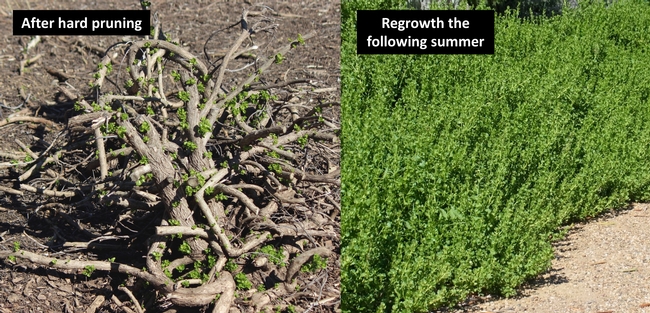- Author: Christine Casey
UPDATE March 17, 2020
Due to coronavirus restrictions, all programs at the Haven have been canceled through May. The September pruning class remains open for registration. We will reschedule the spring classes if possible. Thank you for your understanding.
I'm excited to announce our 2020 class schedule at the Haven, which includes old favorites as well as a new class. Continual learning and experimentation are at the core of what gardeners do, and I hope these offerings will help you expand your knowledge and success as a bee gardener. I'll be the instructor for all classes.
First up is our popular Planting the Bee Garden class. Bee pollination brings us much of our food and supports most of our wild plants. Interest in helping bee pollinators has never been greater, but what can you do in your own garden to make sure it is bee friendly? We'll review the basics of bee biology as a foundation for understanding how garden design and plant selection can be optimized for bees.
We'll also learn about some of the latest research on bees and gardens and how to incorporate this into your garden. The class will conclude with a tour of the Haven for a hands-on look at plants and bees. Registration includes light breakfast and snacks and course handouts.
This class is being offered twice; content is the same each time. April 25, 8am to 11am, register here. May 16, 8am to 11am, register here.
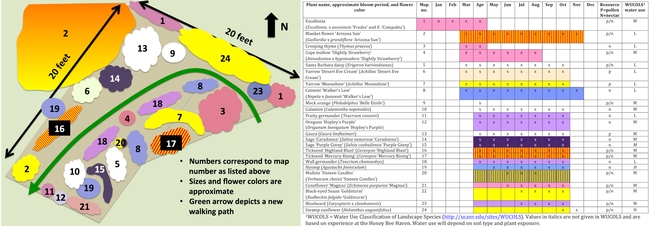
Returning from its initial offering last year is Bee Watching for Beginners. Observing and identifying live bees can be challenging. If you'd like to become more adept at identifying the bees in your garden, this is the class for you. We'll start with an overview of bee anatomy and learn how to distinguish bees from other insects.
We'll then look at key features of common bees that can be used to identify them in flight. The class will finish in the Haven for hands-on experience observing and identifying bees. Interested students will have the opportunity to use a microscope for closer examination of bee structure.
April 25, 12pm to 3pm, register here.
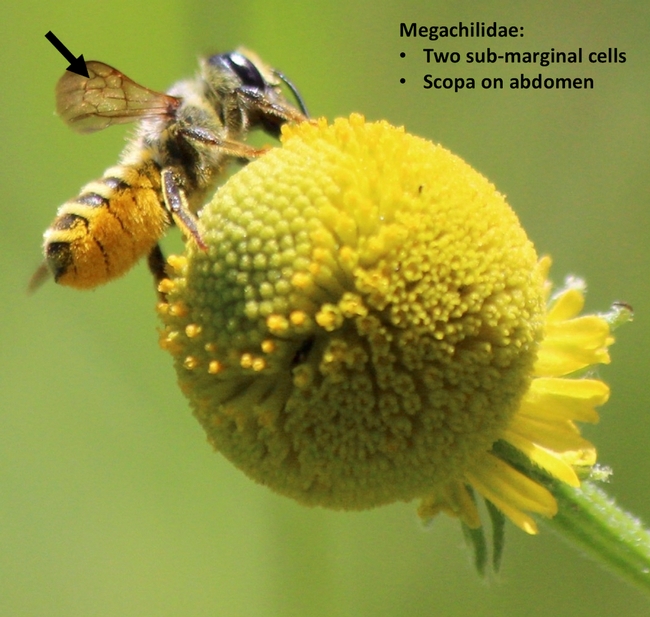
The final spring class is a new offering, Bee Photography. Bees are among the most challenging insects to photograph, and the goal of this class is to help you better document your own bee observations. We'll start with an overview of bee biology and movement in the garden, followed by a discussion of the tips and techniques used by insect photographers. Participants will have the opportunity to use some of the Haven's bee photography tools and to photograph identified bee specimens.
May 16, 12pm to 3pm, register here.
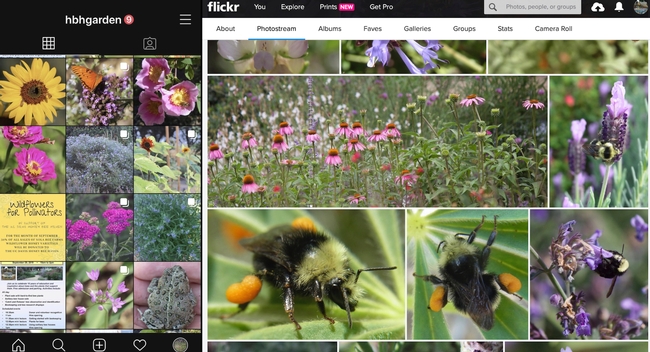
Also offered last year for the first time, Pruning the Bee Garden will be returning in the fall. Bee gardens are all about flowers, and pruning the Haven's plants is an essential part of creating ample flowers for our bees. In this class we'll learn about the physiology and science behind pruning of ornamental plants and fruit trees, discuss pruning strategies for increasing bloom, review pruning of California native shrubs, and practice pruning in the Haven.
The time for the class has been expanded from last year to allow a more in-depth lecture and ample time for student practice in the garden. Handouts and light refreshments included.
September 26, 9am to 12pm, register here.
- Author: Christine Casey
Spring is here, and planting is underway in bee gardens throughout California. And planting, especially if you're creating a new garden, means you are thinking about design. In this series of posts I will cover various aspects of garden design -- such as color, texture, shape, and size -- from the perspective of what bees need. Based on research, this information should provide a solid foundation for a successful bee garden.
This post will focus on color. An understanding of color theory is helpful in creating an aesthetically pleasing garden for us, but color is also relevant for bees. All color wheel screen shots shown here are from the Adobe web page.
1. Complementary colors. Colors opposite each other on the color wheel are complementary; this is one of the easiest ways to select colors. Using opposite colors together makes each color appear more vibrant.
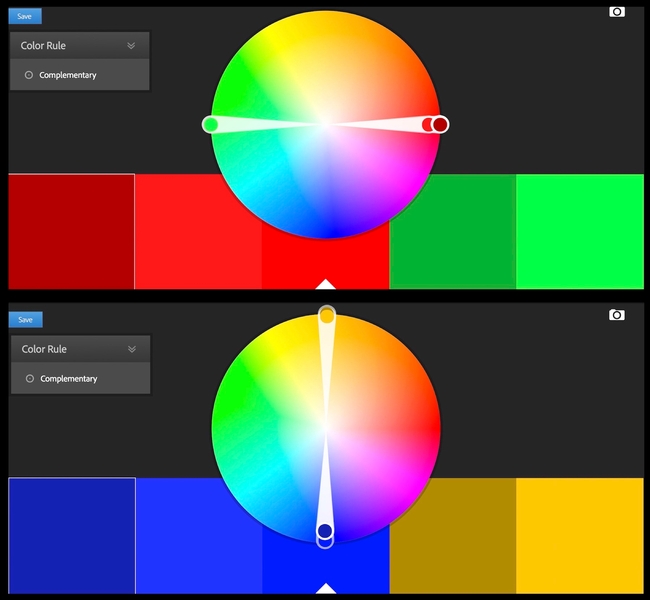
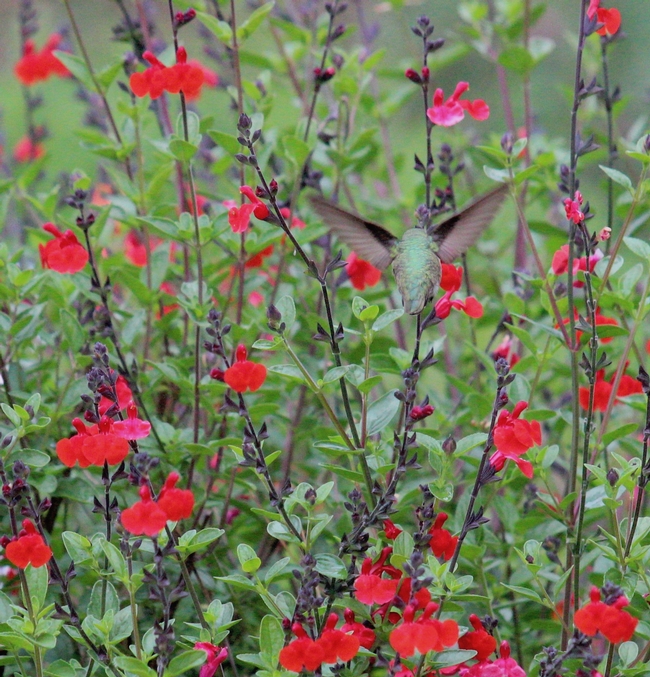
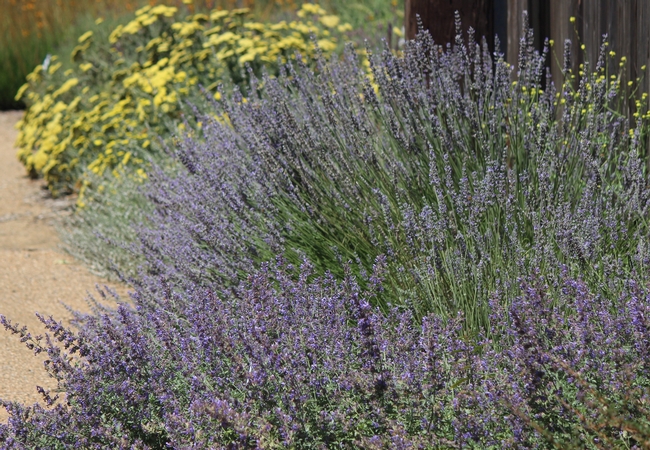
2. Analogous colors. Colors adjacent to each other on the color wheel are analogous; using these colors can be a bit trickier, especially with hot colors like oranges and reds. One way to combine these effectively is to mix in white, as is done here with white gaura in this planting of the analogous colors pink (echinacea) and purple (tall verbena).
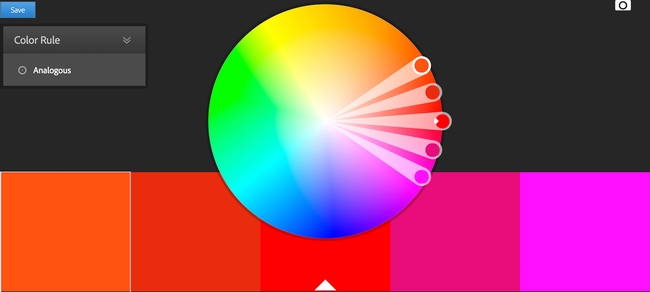
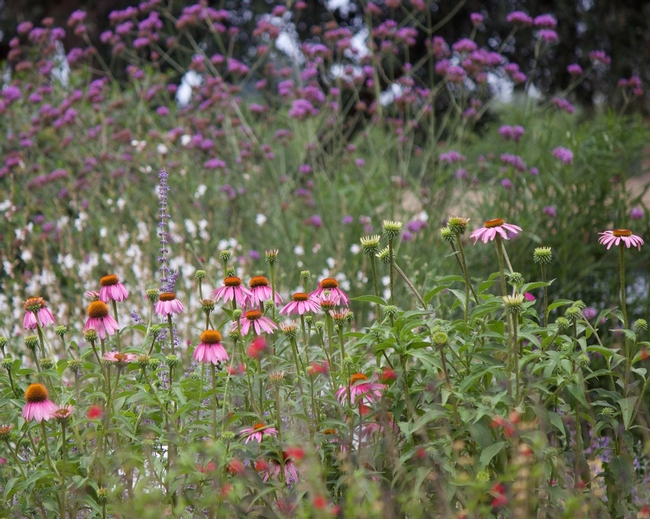
3. Shades of one color. This is the easiest combination to pull off. Cool colors (blues and purples) tend to create a calming effect and make the garden appear larger, while warm colors (reds and yellows) create energy and make the garden appear smaller. Here is an example of shades of a cool color (purple) used in the Haven:
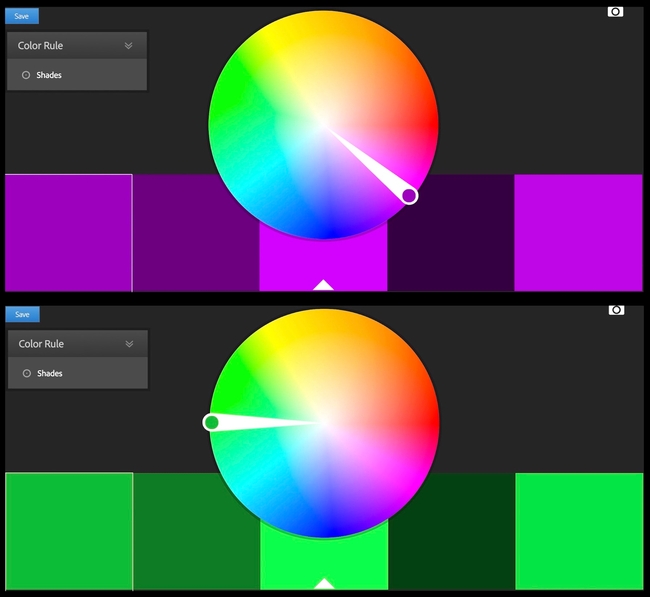
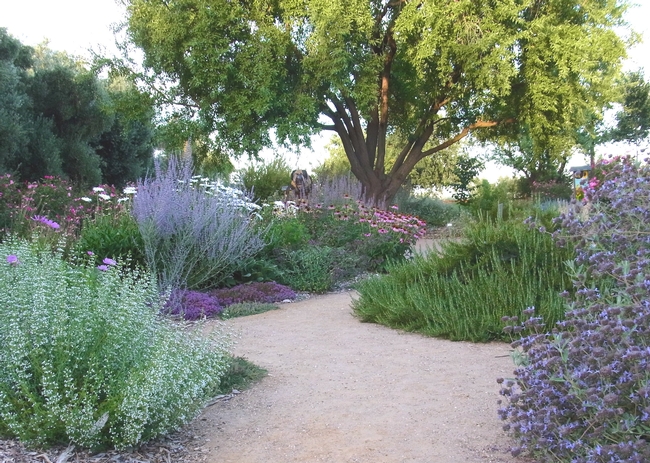
So how do we meld this with bee biology? Here are some pointers:
1. Bees see color differently than we do. They don't see red at all, and see purple very well....there's a reason we have so many purple flowers in the Haven. Here's an example: the first photo shows a flannel bush flower in daylight, while the second shows it under ultraviolet (UV) light, which is the light spectrum where bees see. The 'invisible' nectar (to us) is a bright blue beacon to bees under UV light.
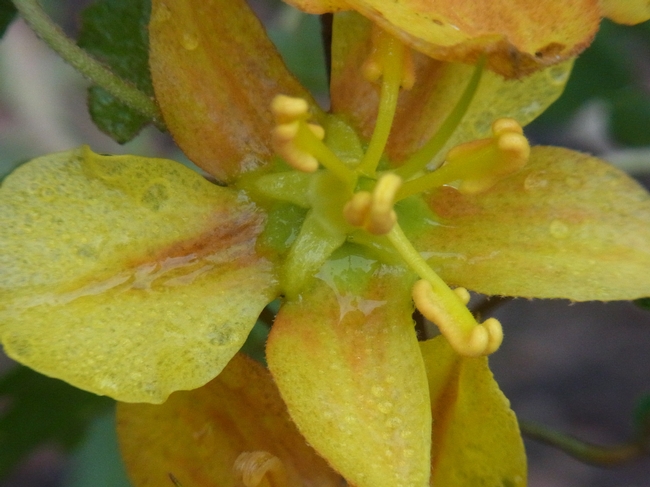
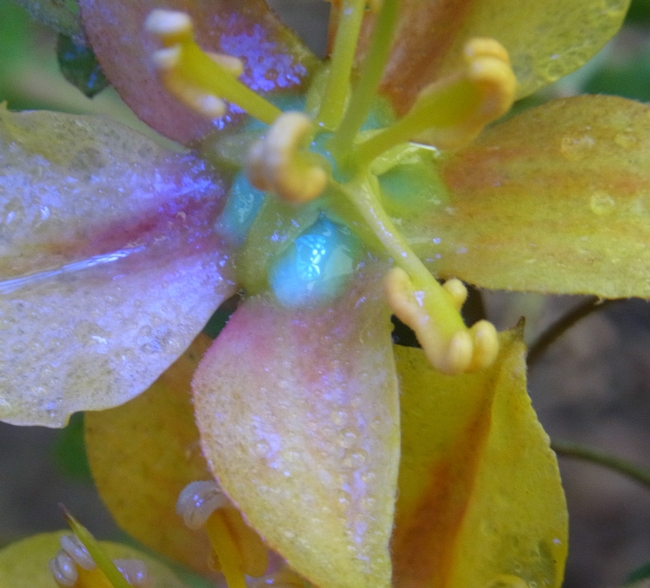
But, you might be thinking, I see bees on red flowers all the time! Well bees can use more than color to find a flower, which brings us to scent....I'll discuss this in a future post.
2. Does color pattern in the garden matter to bees? One study (Proc. R. Soc. London B. 2003. 270: 569-575) found that honey bee foraging distance was longer in simple landscapes; this makes sense because honey bees do best with a varied diet and need to travel further to find a mix of flowers in a simple landscape. Conversely, waggle dance activity was greater in complex landscapes because the patches of plants were more variable -- high quality and low quality plants were mixed together. So it's also important to ensure a good mix of high-quality bee plants in appropriately-sized patches.
3. Another aspect of flower color often not considered is patterns on the flowers themselves. Called nectar guides, these serve to guide bees into the nectary. Of course they pick up and deposit pollen as they do this, thereby pollinating the flower.
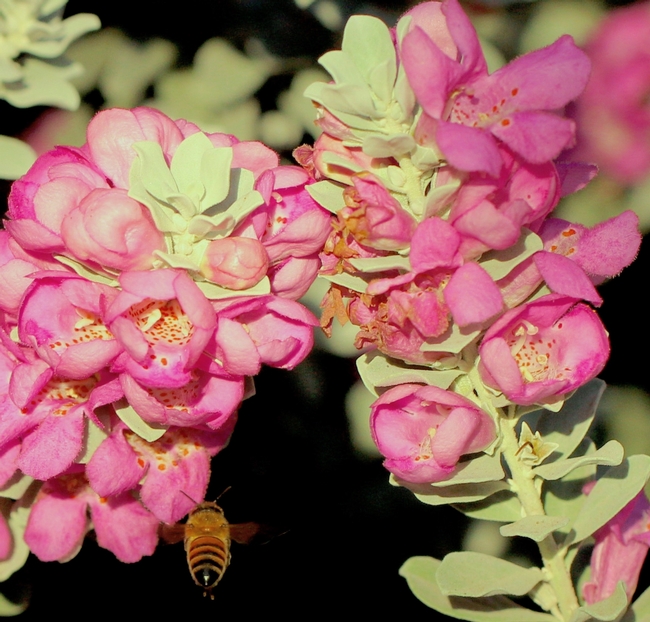
For lots more detail about how bees see, check out this article. My next post will cover shape, size, scent, and texture. I'll finish with suggested plant lists and planting plans. Here's to your successful bee garden!


